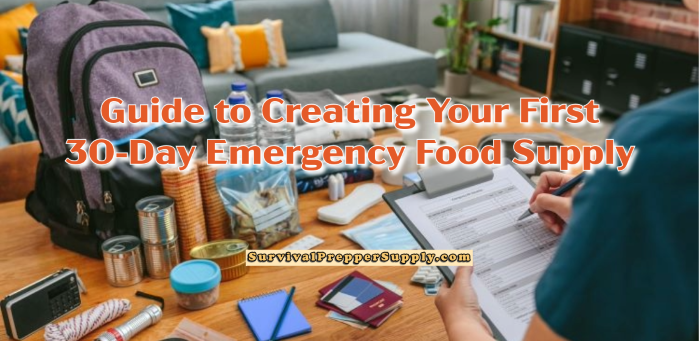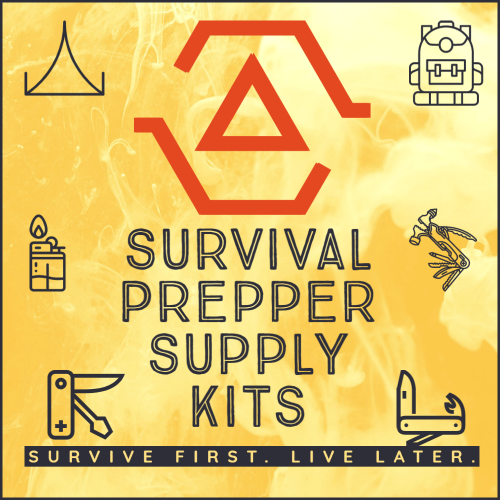
Missile Strike Escape and WWIII Survival
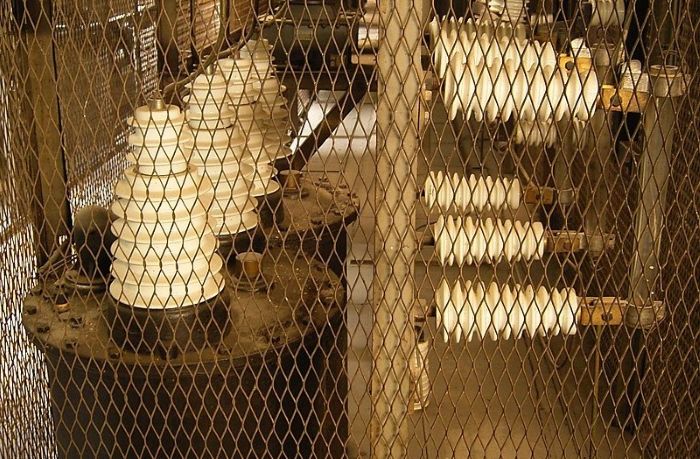
Electronic EMP Protection and Silent Communication

How to Use Shortwave or Ham Radios for Long-Distance Communication
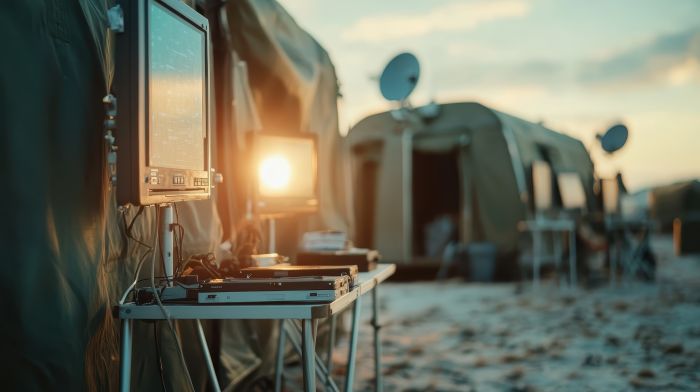
Power and Communication During Conflict
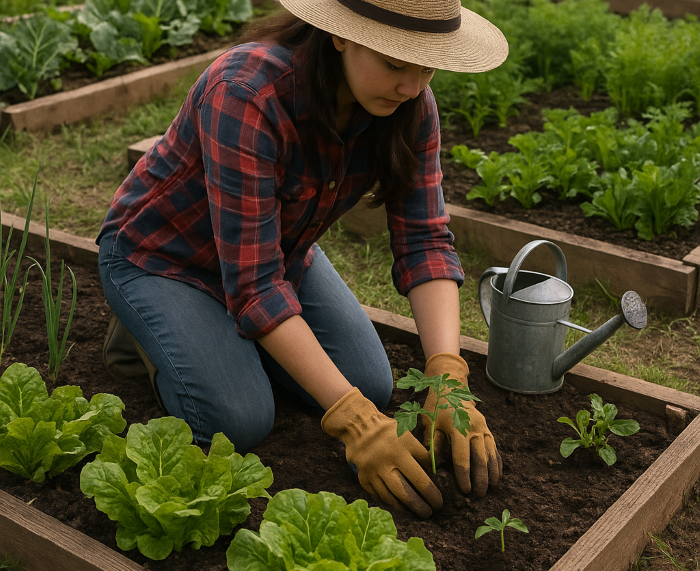
How to Grow Food in a Conflict Zone or Indoors During Crisis Situations
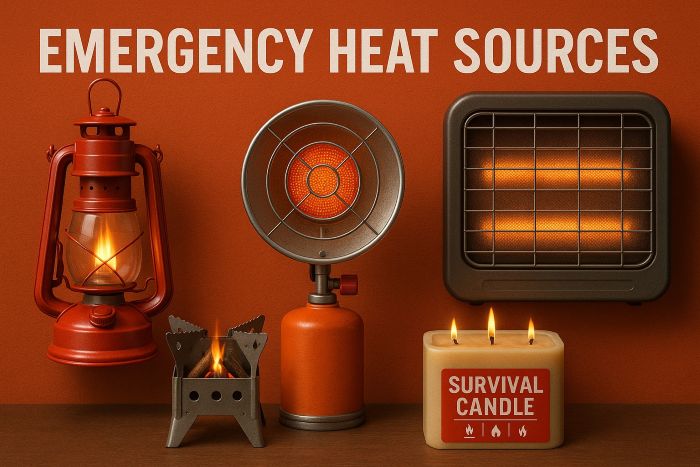
Cooking without Power: Emergency Heat Sources for Preppers
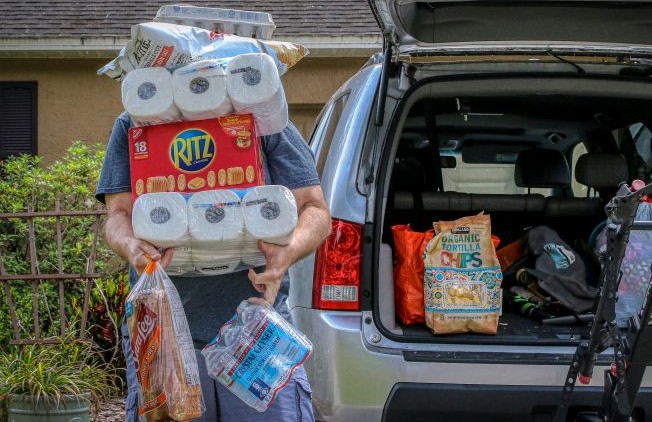
Bartering and Food Storage in a Warzone
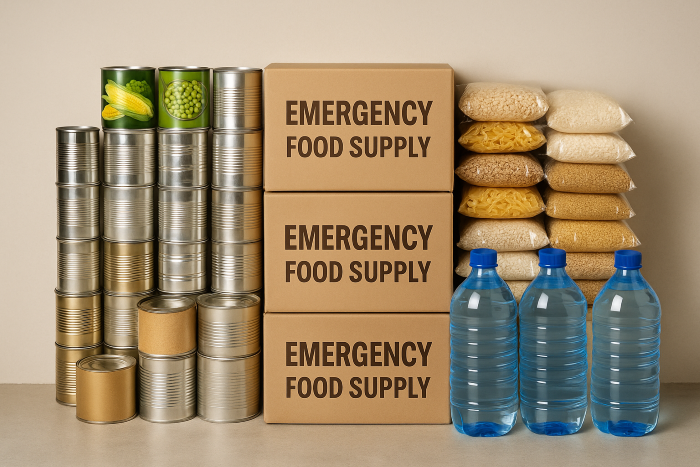
How to Stockpile Food and Water and Purify Water Long-Term

Using Advanced Communication Technologies in a Conflict

Long-Term Survival Training in a Conflict Zone
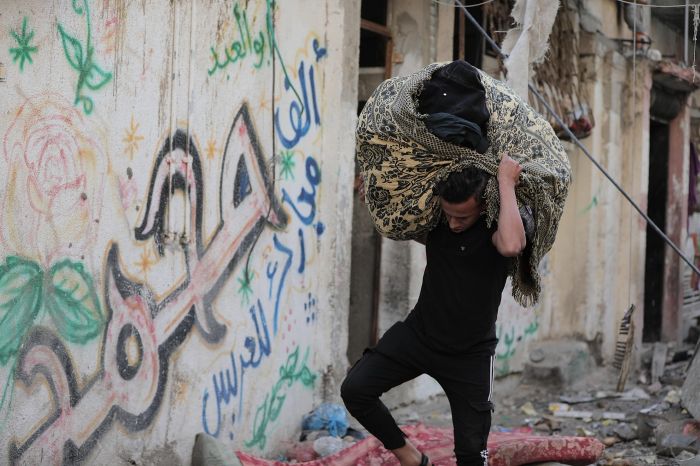
Guerilla and Rural Warfare
Escalating Tensions and Pre-War Indicators: Recognizing Warning Signs
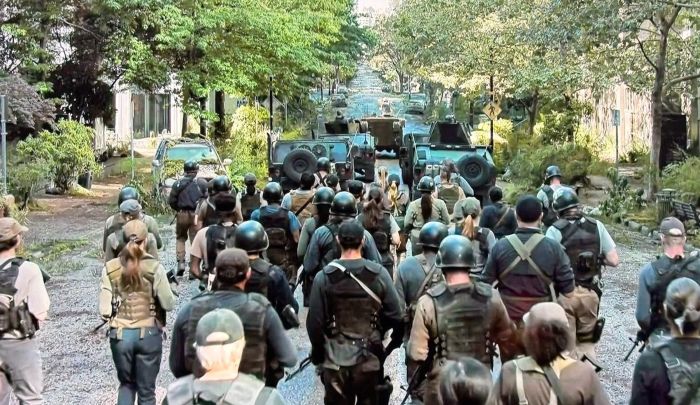
Surveillance in a Conflict Zone
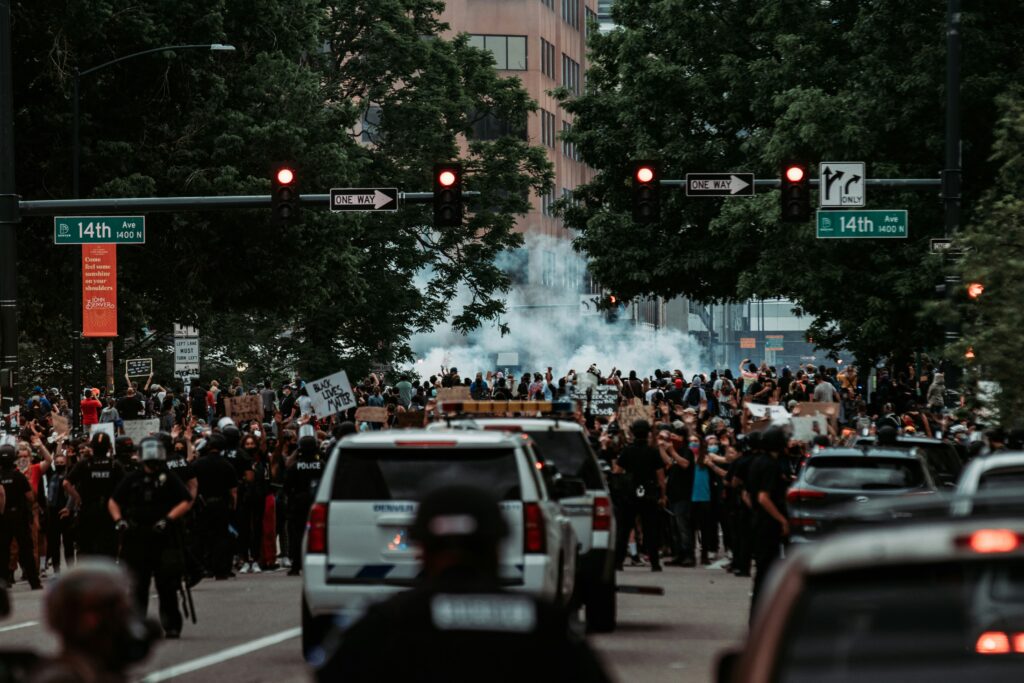
Escape Planning for Civil Unrest and Protests
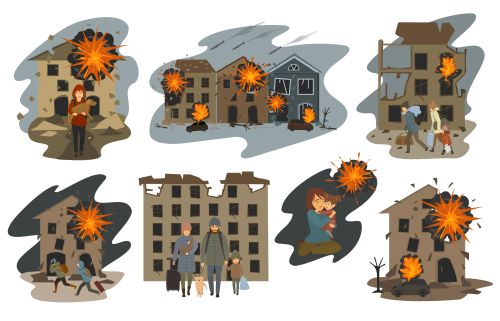
Evacuating a War-Torn City While Avoiding Detection
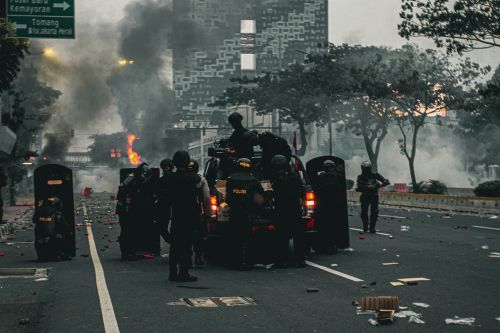
Shelter and Defense During Conflict
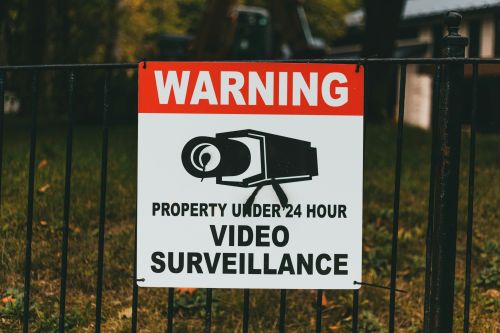
Fortifying Your Home in a Conflict

Elevate Your Prepping in 2025 with 15 Survival-Focused Resolutions
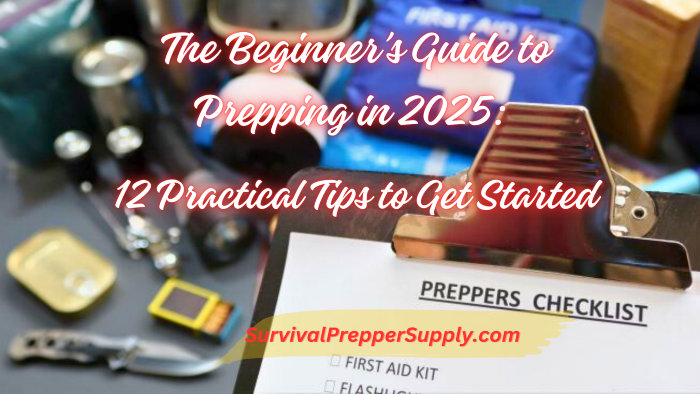
The Beginner’s Guide to Prepping: 12 Practical Tips to Get Started in 2025
